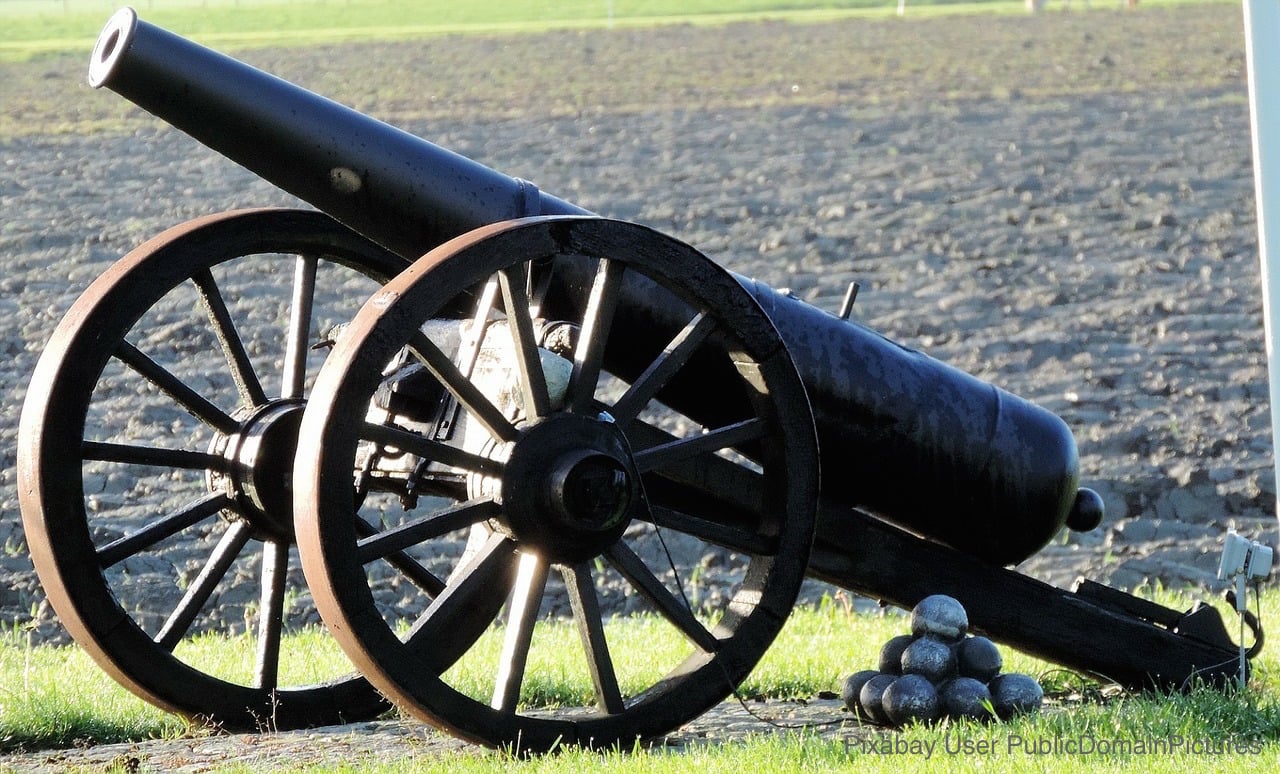As we approach the busiest season for annual planning, I am encouraging clients to spend more time working on their strategic priorities, or Winning Moves. It is best if these are worked on all year long and not just during planning sessions, but this is a great time to review your growth moves in depth to prepare for your upcoming planning session. You want to ensure you are willing to allocate valuable resources and place the company’s future in these moves. As a quick refresher, Winning Moves are specific strategies that have the potential to double your revenue in a three to five year period. It sounds like a lot, though a company growing at 15% a year will double in five years and one growing at 22% or more annually will double revenue in less than three years.
Most companies are good at identifying these Winning Moves. The first challenge is pairing the number  down to two or three you will work on in your specified period. Where I see organizations fall short is going the next step to validate assumptions and test these Winning Moves. Here is where we draw from some of the research that Jim Collins presents in his book Great by Choice. One of the concepts he introduces is that successful companies “Fire Bullets, Then Cannonballs.” He uses this example from the military analogy of finding yourself at sea with a limited amount of gunpowder. If you fire a cannonball and use all of your powder and miss, you deplete your stockpile and die. If you fire bullets until you make the necessary adjustments to hit your target, then fire the cannonball, you succeed. The same idea holds true in business, rather than using all of your resources on one new idea, test in small increments, to learn and make adjustments until you have the right strategy for success.
down to two or three you will work on in your specified period. Where I see organizations fall short is going the next step to validate assumptions and test these Winning Moves. Here is where we draw from some of the research that Jim Collins presents in his book Great by Choice. One of the concepts he introduces is that successful companies “Fire Bullets, Then Cannonballs.” He uses this example from the military analogy of finding yourself at sea with a limited amount of gunpowder. If you fire a cannonball and use all of your powder and miss, you deplete your stockpile and die. If you fire bullets until you make the necessary adjustments to hit your target, then fire the cannonball, you succeed. The same idea holds true in business, rather than using all of your resources on one new idea, test in small increments, to learn and make adjustments until you have the right strategy for success.
What is the criteria for bullets vs. cannonballs when validating your winning moves?
- A bullet is low cost
- A bullet is low risk
- A bullet is low distraction
Jim Collins uses an example we also use in our planning sessions of Apple’s Winning Move to open retail stores. Conventional wisdom said this was a crazy idea, one that almost put Gateway out of business. Rather than rush in and open twenty or forty stores, Apple prototyped two stores, one in Virginia and one in Los Angeles. They made adjustments, redesigned, tested and redesigned until they got it right and then realized that this was going to become a successful move. Now Apple stores lead all other retailers in revenue per square foot, with twice that of the next successful retailer.
Here is the activity process Jim Collins suggests to Fire bullets then Cannonballs:
- Fire bullets
- Assess the results. Did you hit anything?
- Consider whether your bullets merit conversion to a cannonball or are more adjustments needed.
- Convert by concentrating resources then fire a cannonball once calibrated.
- Do not fire un-calibrated cannonballs.
- Terminate shooting bullets in areas that show no evidence of eventual success.
No one can predict the future. Successful companies use empirical validation before committing to new ideas and strategies. That is why we suggest determining the next steps and validating your assumptions to move your winning moves forward. The information you gain in this process will lead into the development of your annual and possibly quarterly priorities. Unless we dig deep, gather data, learn from it, make adjustments and decide how to take small steps to confirm we are on the right path, we leave ourselves vulnerable to wasting valuable resources. You do not know which bullets will merit firing cannonballs until you do the work necessary to gain the right insights and the best path forward.
Jim Collins offers some questions to help guide you through this process:
- How can we bullet our way to understanding?
- How can we fire a bullet on this?
- What bullets have others fired?
- What does this bullet teach us?
- Do we need to fire another bullet?
- Do we have enough empirical validation to fire a cannonball yet?
To succeed, you need to have fanatical discipline along with empirical creativity. Commit to doing the hard work necessary to insure your future growth and develop the right priorities this year to get there.
Good luck and plan well, Alan




